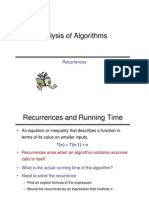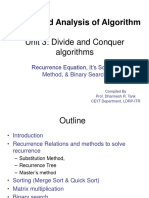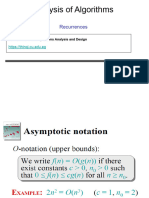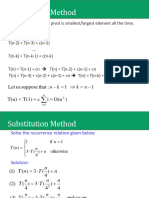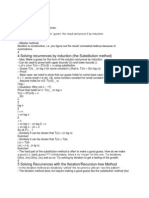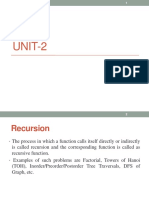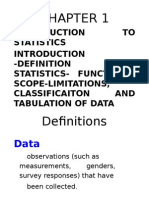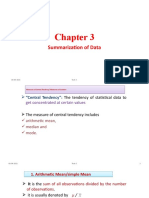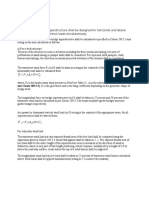0% found this document useful (0 votes)
41 views41 pagesAlgo Lecture8 SolvingRecurrence
It contains summarization and derivations of all the methods for solving Recurrence Problems using the Divide and Conquer approach.
Uploaded by
Farisha HussainCopyright
© © All Rights Reserved
We take content rights seriously. If you suspect this is your content, claim it here.
Available Formats
Download as PDF, TXT or read online on Scribd
0% found this document useful (0 votes)
41 views41 pagesAlgo Lecture8 SolvingRecurrence
It contains summarization and derivations of all the methods for solving Recurrence Problems using the Divide and Conquer approach.
Uploaded by
Farisha HussainCopyright
© © All Rights Reserved
We take content rights seriously. If you suspect this is your content, claim it here.
Available Formats
Download as PDF, TXT or read online on Scribd
/ 41








